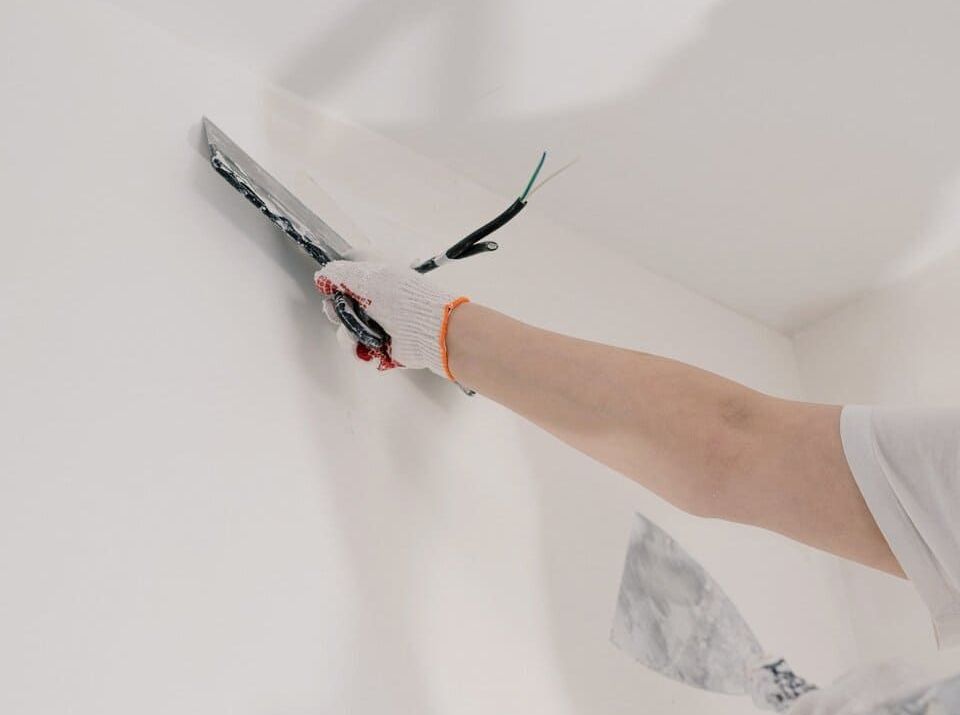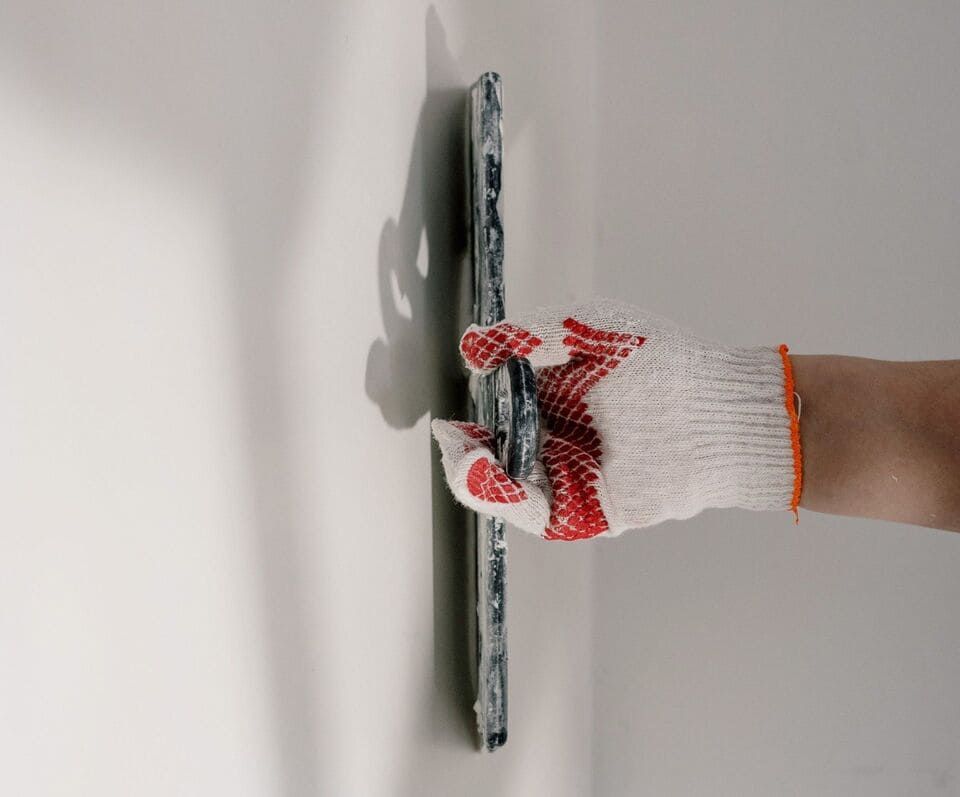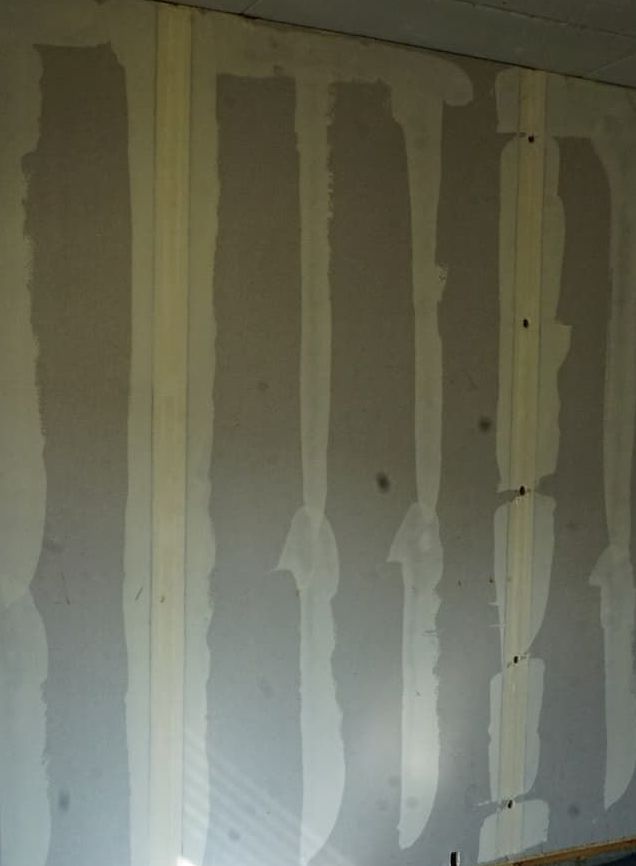Drywall Mudding
joint compound for Drywall
Our drywall mudding services are designed to provide a smooth, continuous surface that prepares your walls
sanding painting or texturing. Mudding, or jointing, involves applying joint compound to drywall seams, corners, and screw holes to hide the joints and fasteners. It is normaly done right after or during the
drywall taping. This critical step in
drywall finishing is where our expertise truly shines, ensuring a professional installation that stands out in quality and durability.


Types of Joint Compounds
We use a variety of joint compounds tailored to different stages of the mudding process. Our pre-mixed compounds are ready to use and ideal for most projects, while powder compounds offer more control over consistency and are preferred by our professionals for their versatility. For specific needs, we use specialty compounds such as quick-setting "hot mud," which dries faster and is perfect for patching and repairs. Our understanding of the characteristics and best uses of each type ensures that we achieve optimal results for your project.
Application Techniques
Our methodical approach to applying joint compound ensures a seamless finish. We start by filling the seams with a thin layer of compound and embedding the drywall tape to reinforce the joint. Successive layers are applied, each slightly wider than the previous one, with edges feathered to blend seamlessly with the surrounding drywall. We sand between coats to ensure a smooth surface, and our skilled use of taping knives and mud pans facilitates a more efficient and cleaner application. Our patience and attention to detail prevent common issues like bubbles, cracks, and uneven surfaces, ensuring a flawless finish.

Common Issues and Solutions for DIY
Despite careful application, issues such as bubbles in the tape, cracks in the compound, or uneven surfaces can arise. To address bubbles, press the tape firmly into the compound and smooth out any air pockets. Cracks may indicate improper drying or insufficient compound, requiring reapplication and careful drying. Uneven surfaces can often be corrected with additional sanding and a final skim coat of compound. Regular maintenance, including periodic inspections and touch-ups, ensures the longevity and appearance of the drywall finish.